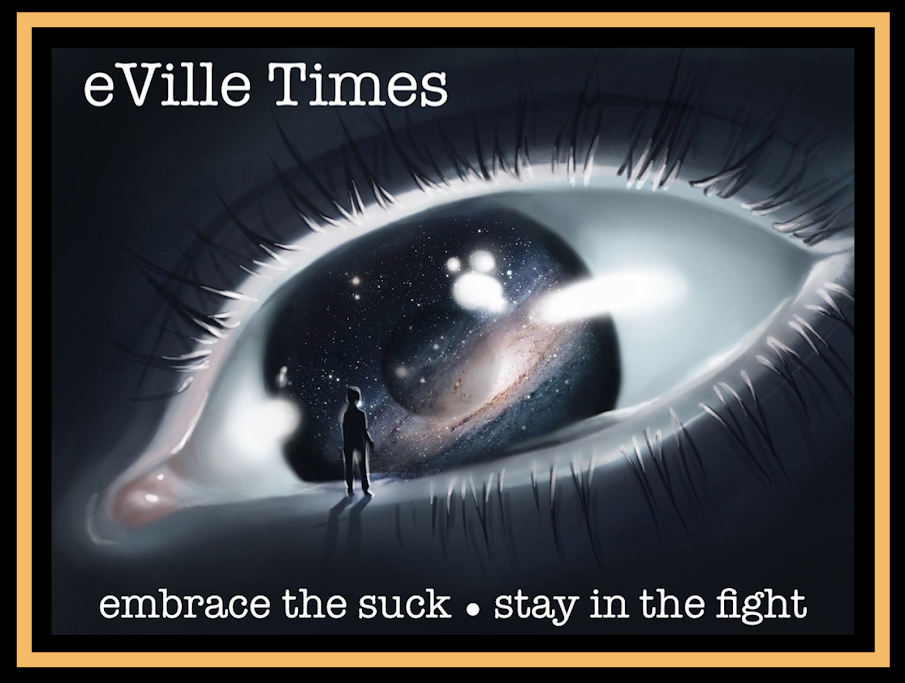Even in my ignorance, I think I can grok part of the concept - as much as my limited brain capacity allows me to do anyway. Especially the teleportation part.
Instead of thinking of it as COMMAND-X, and COMMAND-V, where you have to eliminate the subject from over there before you can reconstitute it over here, this quantum stuff says the subject could exist in two places at the same time (?)
Scientists Defy Physics, Basically Pull Energy Out of Thin Air
That’s not supposed to happen.
- A shelved theory appears to have new life in pulling energy from one location to another.
- Two experiments have now extracted energy and filled a vacuum.
- A fresh world of quantum energy science is opened with the new findings.
Energy teleportation sounds like the stuff of science fiction, but now, research shows that you can actually pull energy from nothing.
Using quantum mechanics, two different physics experiments prove it’s possible to conjure energy from an energy vacuum—essentially pulling energy out of thin air—by teleporting energy across microscopic distances, helping bolster a 2008 theory from Japanese physicist Masahiro Hotta, according to a new report from Quanta Magazine.
“This really does test it,” Seth Lloyd, a quantum physicist at the Massachusetts Institute of Technology and not a member of the research teams, tells Quanta. “You are actually teleporting. You are extracting energy.”
When Hotta debuted his theory more than a decade ago, it wasn’t met with much fanfare. Pulling energy from the quantum vacuum wasn’t considered a realistic equation. But every vacuum still had some sort of fluctuation in the quantum fields. And pulling energy from nearby into the vacuum, and then using that energy, was something in the realm of reality known as the teleportation concept, since produced twice by scientists from University of Waterloo and Stony Brook University.
Hotta’s 2008 research led him first to negative energy, which he believed wasn’t an independent action. He then researched the quantum vacuum, which he believed—based on calculations—could actually fluctuate within quantum fields, allowing energy to move between two areas.
In a more modern-day experimentation, the team at Waterloo found that when energy was spent in one place, it allowed another—in this case, an energy vacuum—to access energy. “It was very neat to see that with current technology it’s possible to observe the activation of energy,” Nayeli Rodriguez-Briones, now at the University of California, Berkeley, and part of one of the experiments, tells Quanta.
“This is real physics–not science fiction,” Hotta says.
Using quantum mechanics, two different physics experiments prove it’s possible to conjure energy from an energy vacuum—essentially pulling energy out of thin air—by teleporting energy across microscopic distances, helping bolster a 2008 theory from Japanese physicist Masahiro Hotta, according to a new report from Quanta Magazine.
“This really does test it,” Seth Lloyd, a quantum physicist at the Massachusetts Institute of Technology and not a member of the research teams, tells Quanta. “You are actually teleporting. You are extracting energy.”
When Hotta debuted his theory more than a decade ago, it wasn’t met with much fanfare. Pulling energy from the quantum vacuum wasn’t considered a realistic equation. But every vacuum still had some sort of fluctuation in the quantum fields. And pulling energy from nearby into the vacuum, and then using that energy, was something in the realm of reality known as the teleportation concept, since produced twice by scientists from University of Waterloo and Stony Brook University.
Hotta’s 2008 research led him first to negative energy, which he believed wasn’t an independent action. He then researched the quantum vacuum, which he believed—based on calculations—could actually fluctuate within quantum fields, allowing energy to move between two areas.
In a more modern-day experimentation, the team at Waterloo found that when energy was spent in one place, it allowed another—in this case, an energy vacuum—to access energy. “It was very neat to see that with current technology it’s possible to observe the activation of energy,” Nayeli Rodriguez-Briones, now at the University of California, Berkeley, and part of one of the experiments, tells Quanta.
“This is real physics–not science fiction,” Hotta says.




















